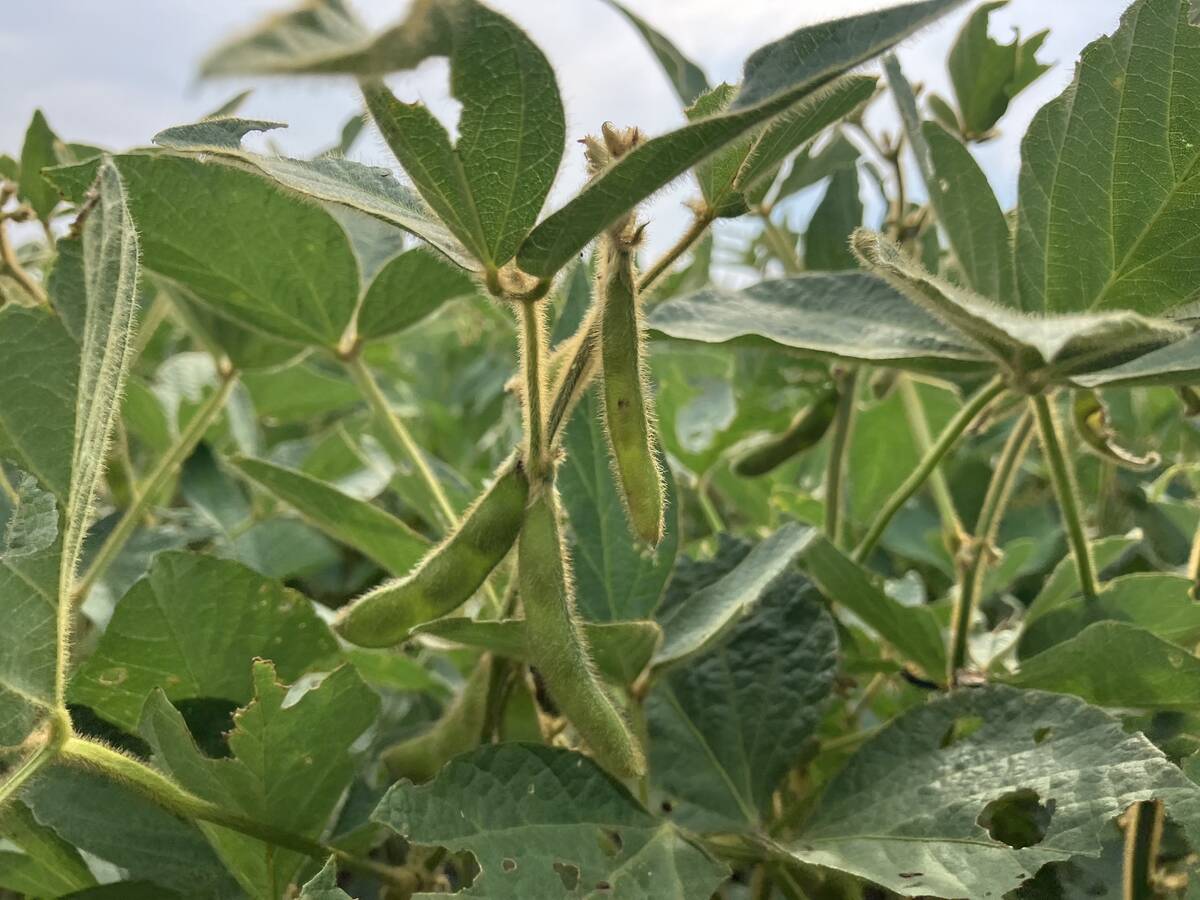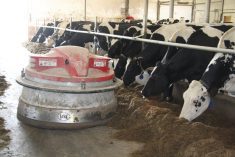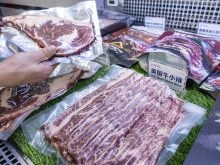American hay prices could be on the rise if hay acreage estimates released by the U.S. Department of Agriculture are an accurate indicator.
In its June 30 acreage report, the USDA predicted the 2011 U.S. hay harvest will be 57.6 million acres, down four percent from last year’s 59.8 million acres.
Reduced acreage, combined with below-average inventories from the 2010-11 feeding season, could result in tight stocks and rising hay prices.
Matt Diersen, an agricultural economist at South Dakota State University, said the reduction in 2011 acreage is significant.
Read Also

Soybean market still figuring out implications of China-U.S. pact
Soybean futures had a muted reaction to the U.S. trade deal with China as the market tries to figure out the nuances of the deal.
He said the USDA’s June 30 estimate caught many people off guard, especially following a March 31 estimate that pegged total hay acreage at 59 million acres.
“I see it as a very significant or large reduction in acres, both in absolute terms compared to last year and also compared to (the USDA’s earlier estimate),” Diersen said.
He said U.S. hay inventories were below average coming out of the 2010-11 feeding season. As of May 31, total inventories were pegged at 22 million tonnes.
Producers with hay on hand were clinging tightly to it this spring in anticipation of tight fall supplies, he said.
Drought conditions in the key hay producing states of Texas and Oklahoma are expected to apply additional upward pressure to prices.
An average national yield of 2.2 tonnes per acre would produce a total hay harvest of 130 million tonnes, the lowest U.S. production in more than 20 years.
Diersen said surplus hay from North and South Dakota, Wisconsin and Minnesota is likely to be moving south this fall.
Excess moisture in Saskatchewan and Manitoba will likely affect production and supplies heading into the 2011-12 feeding season, said Janice Bruynooghe, executive director of the Saskatchewan Forage Council.
However, she said it is too early to accurately assess acreage and yield.
Regional shortages are possible, especially in southeastern Saskatchewan and southern Manitoba.
“It’s just too early to know what the trade is really going to look like, but I think there is going to be some movement,” Bruynooghe said.
She expects areas that were flooded to be short but they will draw feed from other areas of the province.
Bruynooghe said provincial supplies should be adequate to meet demand.
Yields in other parts of the province are average to above average and there is still an abundant carry-over from last year.















